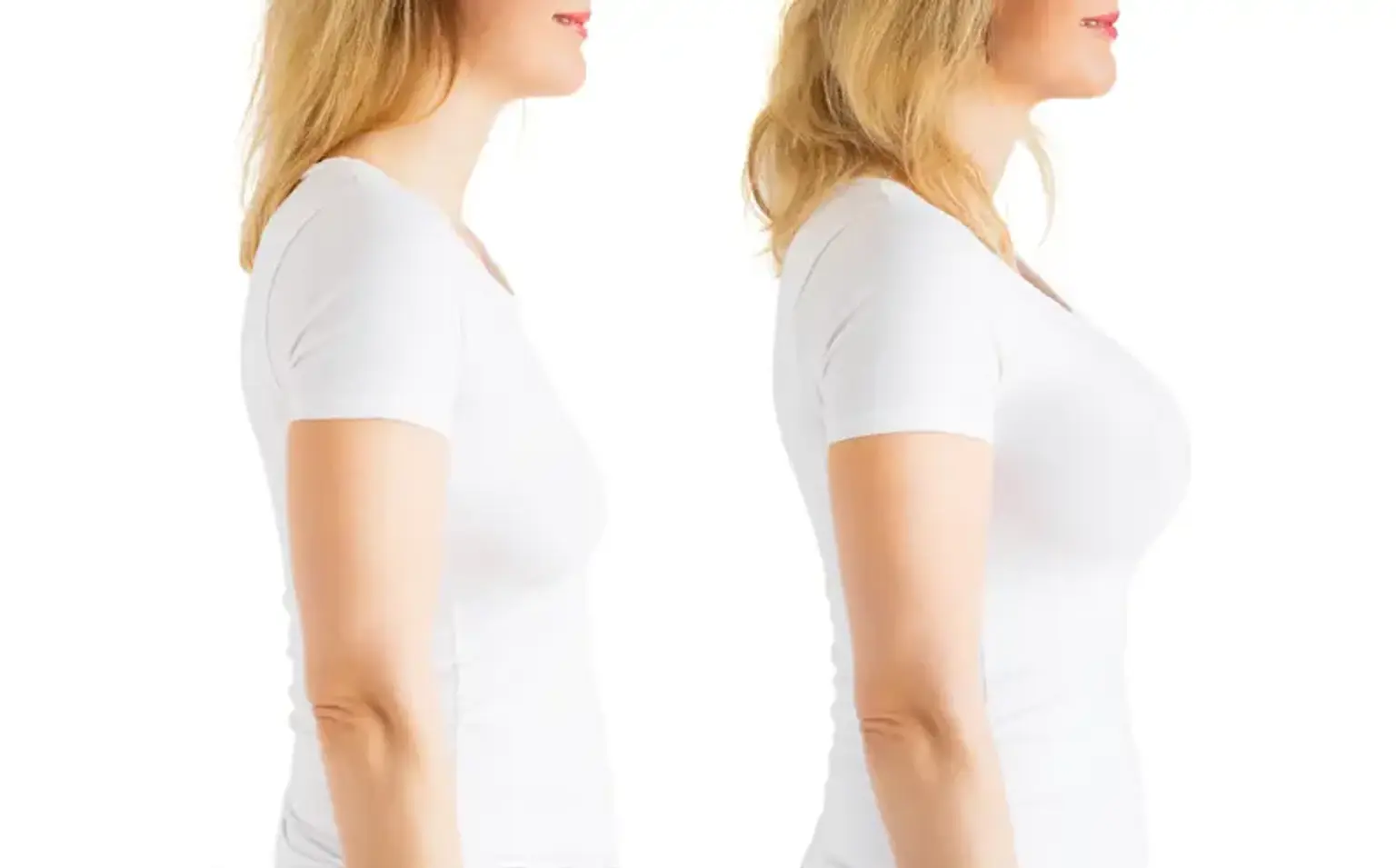Combination Breast Augmentation
Overview
Breast augmentation, commonly known as augmentation mammoplasty, is a surgical procedure used to enhance the size of the breasts. It entails inserting breast implants beneath the breast tissue or chest muscles.
Breast augmentation might help some people feel more confident. For others, it is part of the process of rebuilding the breast in order to treat different problems.
Combination breast augmentation may be beneficial to you. Enhance your look if you believe your breasts are tiny or that one is smaller than the other, which influences how you dress or the type of bra required to cope with the asymmetry, correct for a drop in the size of your breasts following pregnancy or major weight loss, After breast surgery for various reasons, correct unequal breasts. Increase your self-esteem.
